11 Most Powerful Versions Of Ford’s Modular V8 Engine
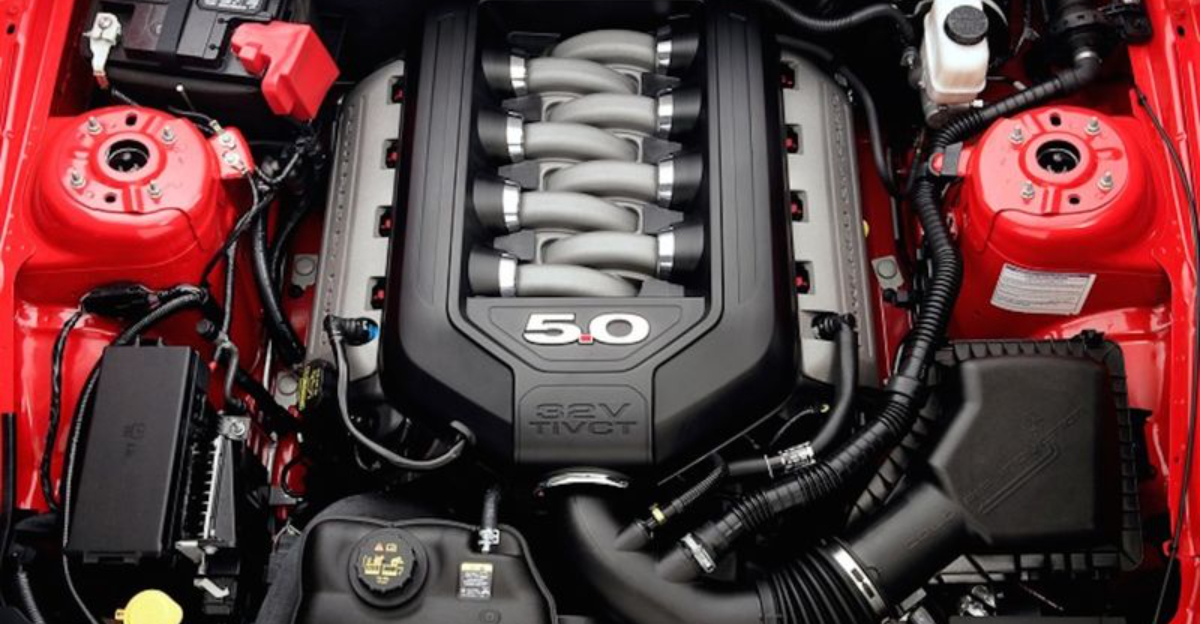
Ford’s Modular V8 engine family has powered everything from everyday trucks to exotic supercars since 1991. These powerplants earned their ‘modular’ nickname not because parts are interchangeable, but because they share manufacturing processes.
From humble beginnings to tire-shredding monsters, Ford’s engineers have squeezed incredible power from these blocks over the years.
1. 8L Trinity (2013-2014 Shelby GT500)
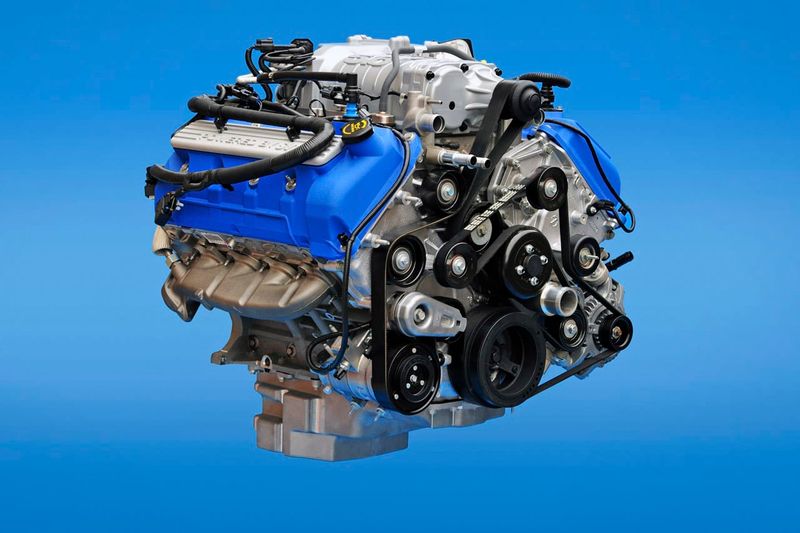
Crowned king of factory Ford power, the Trinity engine unleashed a jaw-dropping 662 horsepower and 631 lb-ft of torque. Engineers didn’t just slap on a bigger supercharger and call it a day.
Every component was strengthened to handle the massive boost pressure, from the aluminum block to the forged crankshaft. This monster turned the GT500 into the most powerful production Mustang ever built until the GT500’s return in 2020.
2. 4L Predator (2020+ Shelby GT500)

Roaring back with 760 horsepower, the Predator engine snatched the crown as Ford’s most powerful production V8 ever. Unlike its predecessor, this beast employs a cross-plane crankshaft design with a 2.65L Eaton supercharger mounted in the valley.
Engineers crafted plasma-transferred wire arc cylinder liners and high-flow cylinder heads to handle the immense power. Behind its ferocious output lies surprising daily drivability that previous GT500s could only dream of achieving.
3. 2L Voodoo (2015-2020 Shelby GT350)
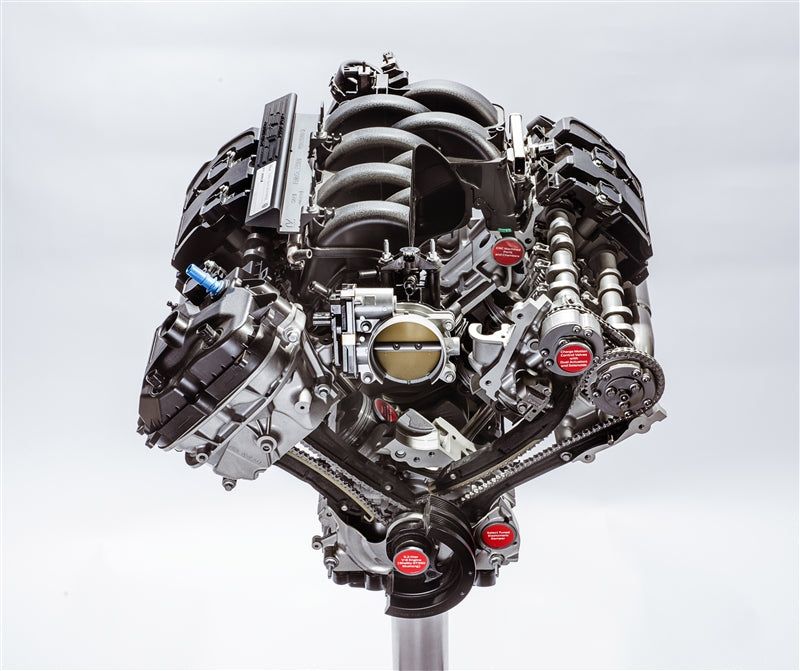
Screaming to an 8,250 RPM redline, the flat-plane crank Voodoo engine delivers an exotic soundtrack no American V8 had offered before. Ford’s engineers sacrificed low-end torque to gain high-RPM horsepower, resulting in 526 naturally aspirated ponies.
Unlike traditional cross-plane V8s, the Voodoo’s firing order eliminates the need for counterweights, allowing lightning-quick revving. Despite some reliability concerns, this engine remains legendary for bringing Ferrari-like engine characteristics to the Mustang lineup.
4. 4L Supercharged (2005-2006 Ford GT)
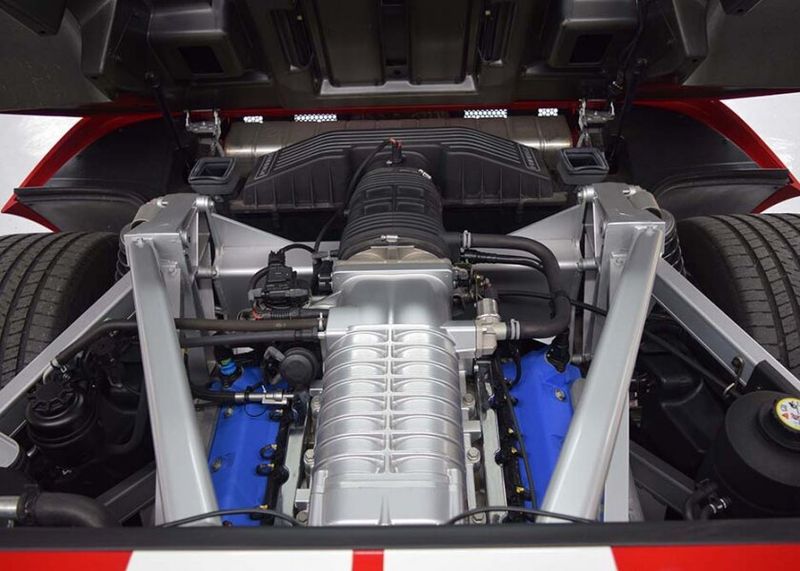
Nestled in America’s homegrown supercar, this hand-built 5.4L marvel pumped out 550 horsepower and 500 lb-ft of torque. Engineers started with an aluminum block, added four-valve DOHC heads, and topped it with an Eaton supercharger.
Dry-sump lubrication kept oil flowing during high-G cornering, while forged internals handled the boost. The result wasn’t just powerful—it was reliable enough to battle European exotics while maintaining that distinctive American V8 character enthusiasts crave.
5. 4L Supercharged (2007-2012 Shelby GT500)
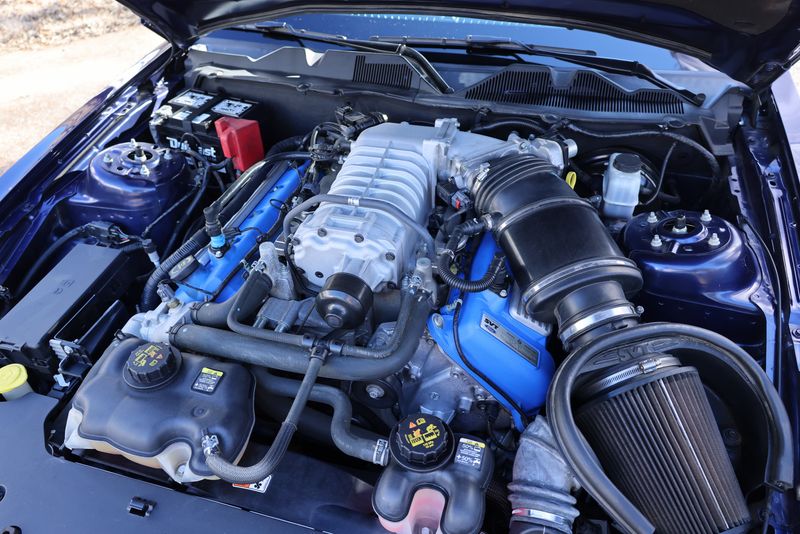
Reviving the legendary GT500 nameplate required serious muscle, and this supercharged 5.4L delivered with 500-550 horsepower depending on the model year. Based on the Ford GT’s engine architecture but with an iron block for durability, this powerplant brought supercar performance to the masses.
Later versions received aluminum blocks, plasma-coated cylinder bores, and improved cooling. The distinctive whine from its Roots-type supercharger became the soundtrack for a new generation of Shelby enthusiasts craving straight-line dominance.
6. 0L Coyote Gen 3 (2018+ Mustang GT)
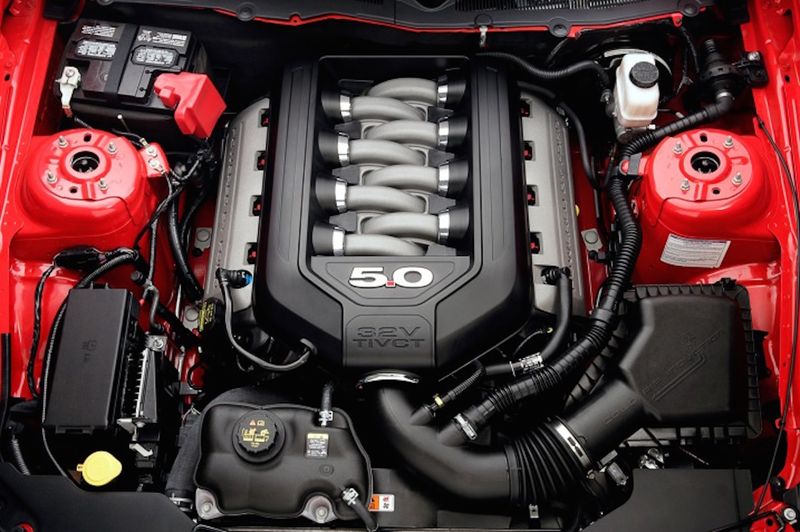
Third time’s the charm with the latest Coyote V8, pushing naturally aspirated performance to 460 horsepower and 420 lb-ft of torque. Ford engineers increased displacement slightly while adding direct and port fuel injection for the best of both worlds.
Larger valves, improved cylinder heads, and higher compression squeeze every ounce of power from each drop of fuel. The Gen 3’s party trick? Plasma-transferred wire arc cylinder liners borrowed from the GT350, allowing this engine to safely rev to 7,500 RPM while maintaining daily-driver reliability.
7. 0L Road Runner (2012-2013 Boss 302)
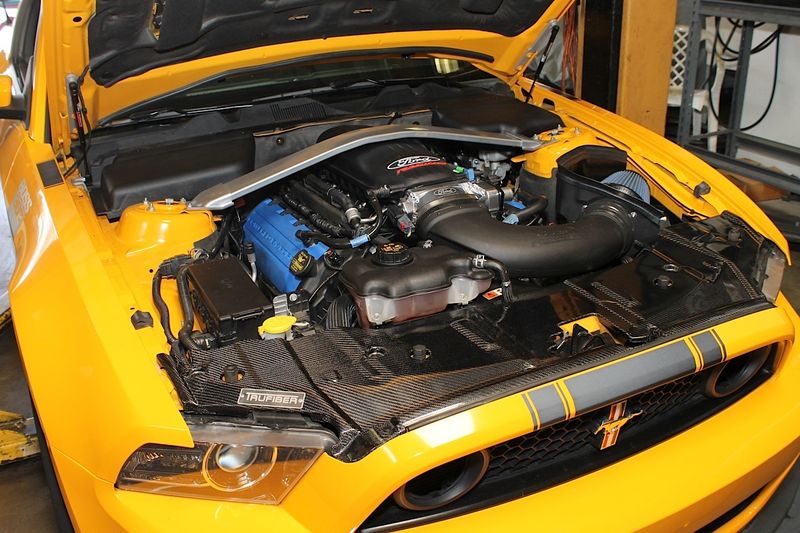
Not just a warmed-over Coyote, the Road Runner engine received specialized treatment worthy of its legendary Boss nameplate. CNC-ported cylinder heads, revised camshafts, and a higher redline unleashed 444 naturally aspirated horsepower.
Engineers focused on track durability with improved cooling, oil control, and forged internals. The crowning touch was the side-exit exhaust that could be unlocked for track use, transforming the Boss 302’s mild-mannered exhaust note into a Trans-Am racer’s aggressive howl.
8. 0L Coyote Gen 1 (2011-2014 Mustang GT)
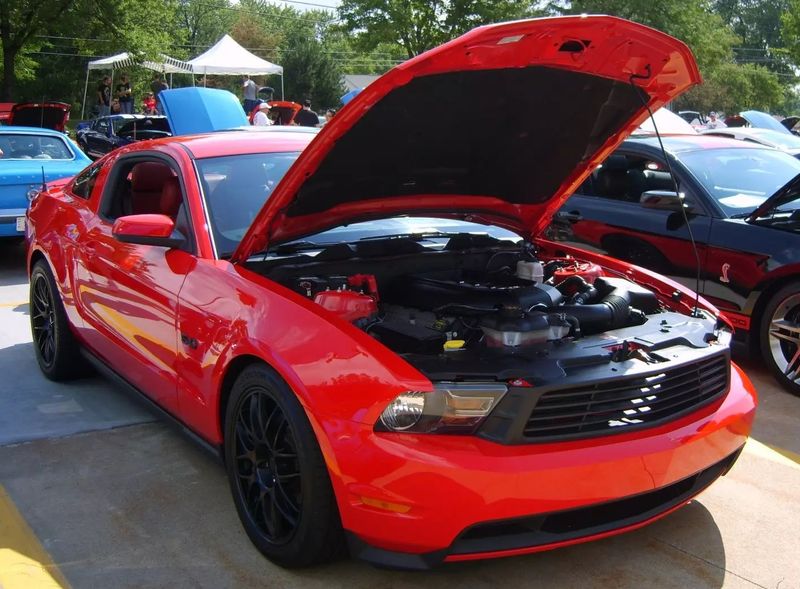
Revolutionizing Ford’s V8 lineup, the original Coyote engine packed 412 horsepower into a compact package without forced induction. Twin independent variable cam timing allowed this high-revving powerplant to produce peak power at 6,500 RPM while maintaining low-end torque.
Aluminum construction kept weight down, while four valves per cylinder and DOHC architecture maximized breathing.
This clean-sheet design finally gave Mustang fans a sophisticated engine to match European competitors while maintaining the characteristic V8 rumble that defines American muscle.
9. 8L V10 (1999-2010 F-Series Super Duty)
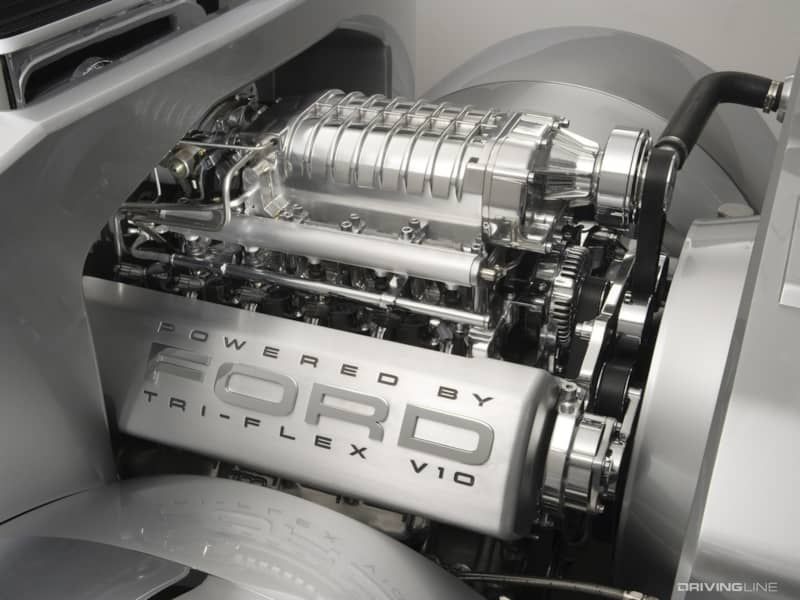
Essentially a Modular V8 with two extra cylinders, this workhorse produced up to 362 horsepower and 457 lb-ft of torque in later years. Born from Ford’s need for a gasoline alternative to diesel power, engineers created this torque monster by extending the 5.4L architecture.
Though not the most powerful on this list, the V10’s immense low-end grunt made it perfect for towing massive loads.
Commercial fleet operators particularly appreciated its reliability under constant heavy loads and simpler maintenance compared to diesel alternatives in Ford’s heavy-duty trucks.
10. 4L Supercharged (2000 Mustang Cobra R)
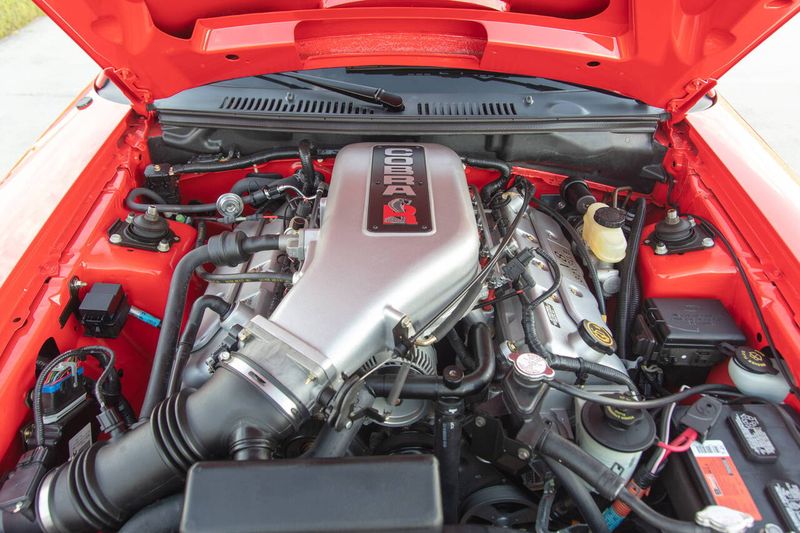
Limited to just 300 examples, the Cobra R’s hand-built 5.4L generated 385 horsepower and 385 lb-ft of torque without a supercharger. Engineers focused on high-revving performance with specialized cylinder heads, an 8-quart oil pan, and a unique intake manifold.
The engine’s party piece was its 6,500 RPM redline—stratospheric for a pushrod V8 of that era. Despite lacking creature comforts like air conditioning, this track-focused Mustang became instantly collectible and previewed technologies that would appear in later SVT products.
11. 4L 4-Valve (1999-2004 Lightning F-150)
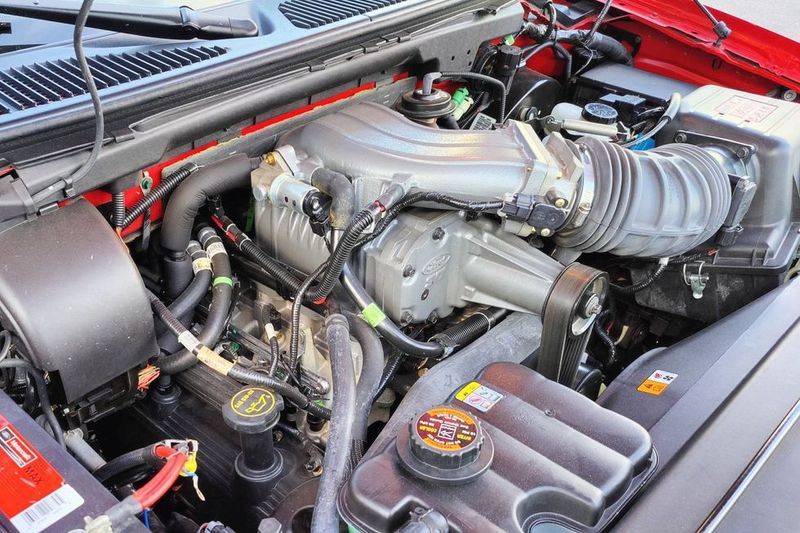
America’s first true performance truck packed a supercharged 5.4L V8 producing 360 horsepower (later 380) and a stump-pulling 450 lb-ft of torque. Based on the standard SOHC 5.4L truck engine, SVT engineers added forged internals, an Eaton supercharger, and water-to-air intercooling.
The Lightning could sprint to 60 mph in just 5.2 seconds—faster than many sports cars of its era. This groundbreaking powertrain proved trucks could deliver genuine performance while maintaining utility, creating an entirely new market segment that continues today with even more powerful offerings.
